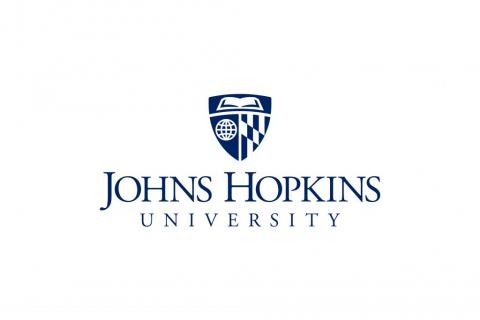Johns Hopkins University QuarkNet Center
Welcome to the Johns Hopkins University QuarkNet center. We meet on the campus of JHU and serve teachers in the surrounding area.
Johns Hopkins QuarkNet annual report 2021
QuarkNet 2021 Johns Hopkins University Jeremy Smith, Kevin Martz and Morris Swartz worked together to plan and implement the workshop, with the help from many at Johns Hopkins University…
2021 JHU Workshop Agenda & List of Talks
(click "read more" to see entire page) Click one of these links to install LoggerPro on your laptop: Windows and MacOS >10.13) Zoom meeting room: 674 315 3476 with password 5eHRRJ…
2020 JHU Workshop Agenda & List of Talks
(click "read more" to see entire page) Daily Agenda ===============================================================================Mon 3 Aug8:30-9:30 - Jeremy Smith - Intro to Particle…
2019 JHU Workshop Agenda & List of Talks
(click "read more" to see entire page) (click here to see the Bauder Fund app and budget) (here are some links to the videos made by Matt Jochmans and others (glass conduction and ferrimagnetism…
JHU QuarkNet Annual Report
Look-ahead to the 2018-19 School Year
Here are some events/dates to keep in mind: --International Data Day, late fall --Application for CERN teacher summer program, early 2019 --International Cosmic Week, February --JHU CMS…
Searching for Gravitational Waves in Noisy Data - A Classroom Activity
In this activity students will search for the evidence of simulated gravitational waves in noisy data sets. Although the activity's discussion centers on the science of gravitational waves, the…
The LIGO mirrors
No events were detected at LIGO, until they made some upgrades such as: re-examined the coating and size of the mirrors. They looked at the how a laser beam can slightly heat and deform mirrors…
LIGO Poster by Goldman
Link Link to my poster https://docs.google.com/document/d/106xKcWwk8MMFvTs-CvrGeHpCfEvkoFpKwopM-ZNl1bI/edit?usp=sharing
Seismic Review Activity
Google DocGoogle Doc for shared collaboration with the seismic review questions https://docs.google.com/document/d/1vLrAXwdsPVBac8nR6AibniBzpyfcpzybIQa3XFMYomc/edit?usp=sharing …
